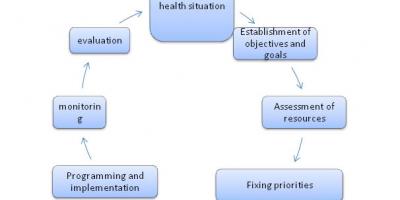Hospital Waste Management Bio – Medical Waste Management
For lecture click here: https://www.youtube.com/watch?v=tnLq4wqGbrk&list=PLm3g4QotzKaOWA7XjxS7sw...
Definition of Bio-medical waste (as per Biomedical rules (Handling and Management) rules, 1998), Min of Environment and Forests, GOI
Bio-medical waste means “any waste which is generated during
– the diagnosis,
– treatment or
– immunization of human beings or animals or
– in research activities or








